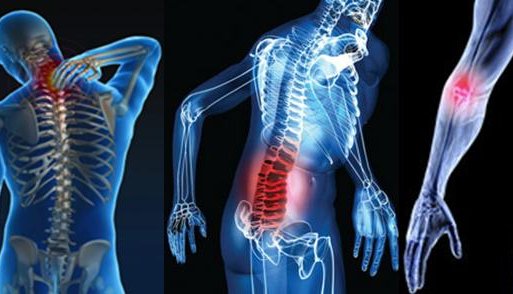
Manual handling in the workplace - what you need to know
How do I know if my staff are at risk of strain injuries from their daily routines?
It’s a matter of judgement in each case, but there are certain things to look out for, such as people puffing and sweating, excessive fatigue, bad posture, cramped work areas, awkward or heavy loads, or people with a history of back trouble. Operators can often highlight which activities are unpopular, difficult or hard work.
It is difficult to be precise – so many factors vary between jobs, workplaces and people. But the general risk assessment guidelines in the next section should help you identify when you need to do a more detailed risk assessment.

- Use Figure 1 to make a quick and easy assessment. Each box contains a guideline weight for lifting and lowering in that zone. (As you can see, the guideline weights are reduced if handling is done with arms extended, or at high or low levels, as that is where injuries are most likely to happen.)
- Observe the work activity you are assessing and compare it to the diagram. First, decide which box or boxes the lifter’s hands pass through when moving the load. Then, assess the maximum weight being handled. If it is less than the figure given in the box, the operation is within the guidelines.
- If the lifter’s hands enter more than one box during the operation, use the smallest weight. Use an in-between weight if the hands are close to a boundary between boxes.
- The guideline weights assume that the load is readily grasped with both hands and that the operation takes place in reasonable working conditions, with the lifter in a stable body position
For more information we recommend reviewing the manual handling code of practice from the workplace safety authority in your country. Some of these are listed below:
- NZ Department of Labour - Manual Handling Code of Practice
- Safe Work Australia - Hazardous Manual Tasks Code of Practice
- Worksafe Victoria - Compliance code: Hazardous manual handling
- UK Health and Safety Executive - Manual handling at work - A brief guide
- US DOL OSHA - Materials Handling and Storage Guide
- US DOL OSHA - Ergonomics eTool - Materials Handling: Heavy Lifting